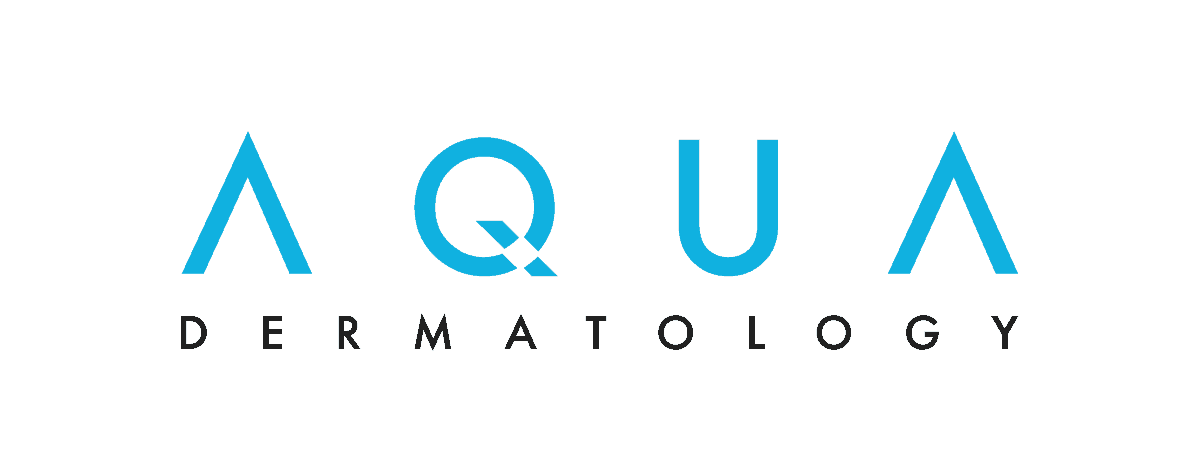Seborrheic
Keratosis
Call (877) 900-3223
What Is Seborrheic Keratosis?
What Does Seborrheic Keratosis Look Like?
Seborrheic Keratosis Causes
Seborrheic Keratosis Treatment
What Is Seborrheic Keratosis?
Seborrheic keratosis is a common type of harmless skin growth that most often appears on the chest, back, head or neck. It’s possible to develop just one seborrheic keratosis, but you’re more likely to develop several or even hundreds of them (seborrheic keratoses).
Seborrheic keratoses usually develop during middle age or later and are sometimes referred to as “barnacles of aging.” They are mostly a cosmetic issue, though they can be itchy and may become irritated or bleed if they rub against clothing.
What Does Seborrheic Keratosis Look Like?
Seborrheic keratoses are round or oval and usually at least slightly raised. They may look waxy or scaly. They are often described as appearing as if they’ve been pasted onto the skin. They may be light tan, brown or black in color. Their size can range from very small to an inch across.
People of any skin color can develop these growths, but they’re most common in people with light skin. When seborrheic keratosis affects people with dark skin, the growths are often small and located around the eyes.
Seborrheic keratoses aren’t cancerous or pre-cancerous, but it’s smart to have any new growth examined by a dermatologist. A dermatologist can distinguish seborrheic keratosis from actinic keratosis, a precancerous condition that causes dry, scaly, rough-textured patches or lesions.
Seborrheic Keratosis Causes
The cause of seborrheic keratosis is unknown. It seems to run in families, so genetics probably plays a role. Some studies suggest that sun exposure may contribute to the condition, even though the growths can develop on parts of the skin that are usually covered by clothing.
Some people develop seborrheic keratoses during pregnancy or after undergoing estrogen therapy.
Seborrheic Keratosis Treatment
There’s no need to remove a seborrheic keratosis unless it often gets irritated or snagged on clothing or jewelry. If you want to get rid of a seborrheic keratosis because it bothers you, see your dermatologist. There are many ways a provider can remove these growths, including the treatments below. Discuss the best treatment for seborrheic keratosis with your provider.
If you’re wondering how to remove seborrheic keratosis at home, the best advice is not to try. Attempting to scratch off the growths is ineffective and could cause bleeding and infection.
Cryosurgery. This is the most common way to treat seborrheic keratosis. In this procedure, liquid nitrogen is applied to freeze the growths. The treated areas form scabs that usually heal within one to three weeks. Cryosurgery is more likely to be effective at removing thinner seborrheic keratoses.
Electrocautery. In this procedure, the provider numbs the affected area and then burns off the growths using an electrical charge. The treated areas typically heals in two to four weeks. Electrocautery may not work well on thicker growths. Some patients may be left with a scar or light patch of skin.
Curettage. Curettage involves scraping off the growths with a spoon-shaped instrument
after numbing the area. Curettage is sometimes used in combination with cryosurgery (particularly for thick growths) or electrocautery. It’s possible that the treatment may leave a scar, including a type of fibrous scar called a keloid.
Ablative laser therapy. This technique is less likely to cause scars than other seborrheic keratosis treatments, though permanent skin lightening is a possible side effect. Healing time is fairly short because the laser sterilizes and seals the treated area as it destroys the growth.





